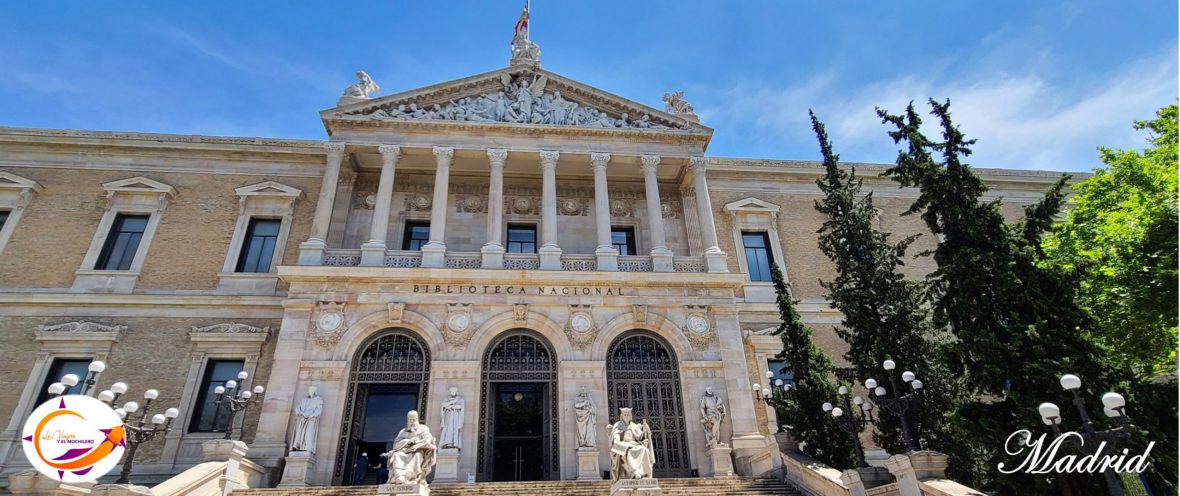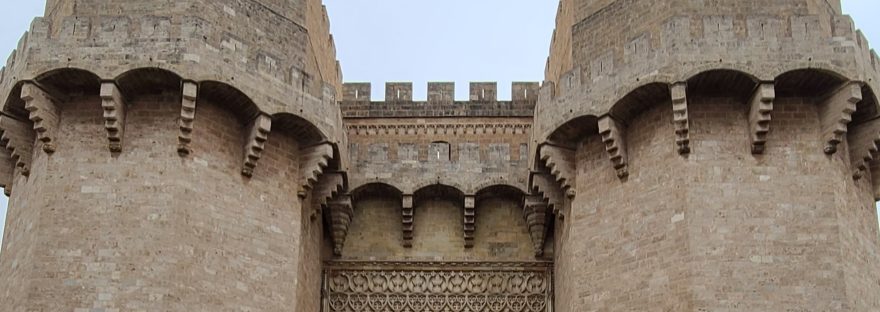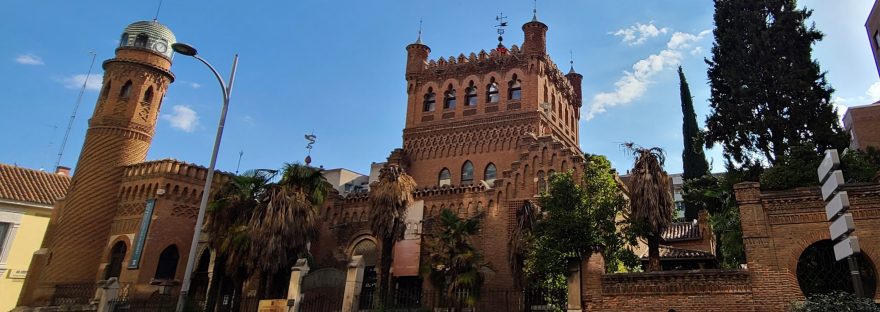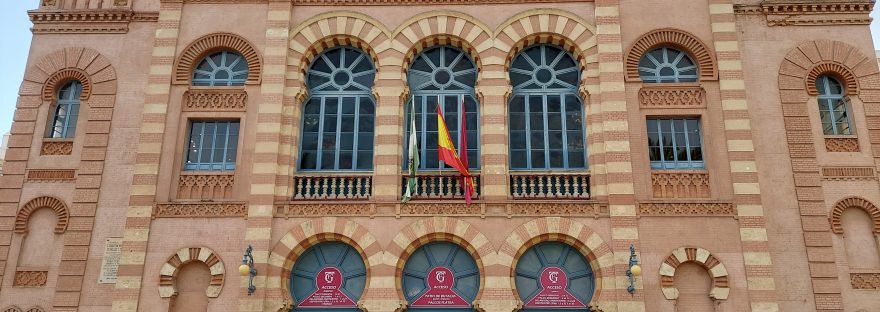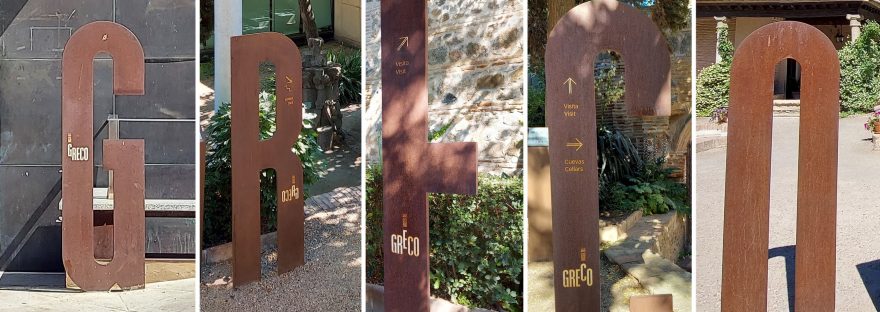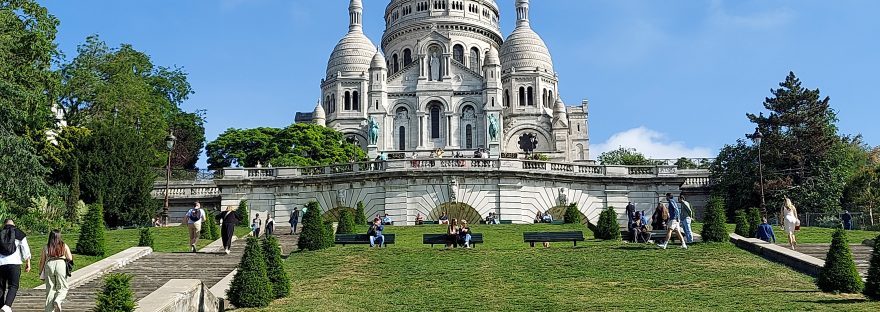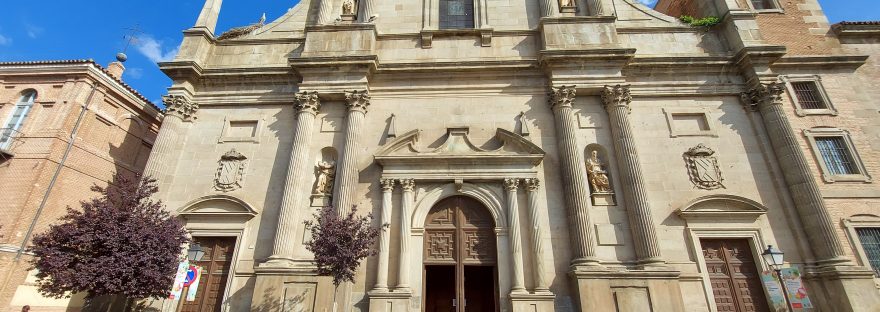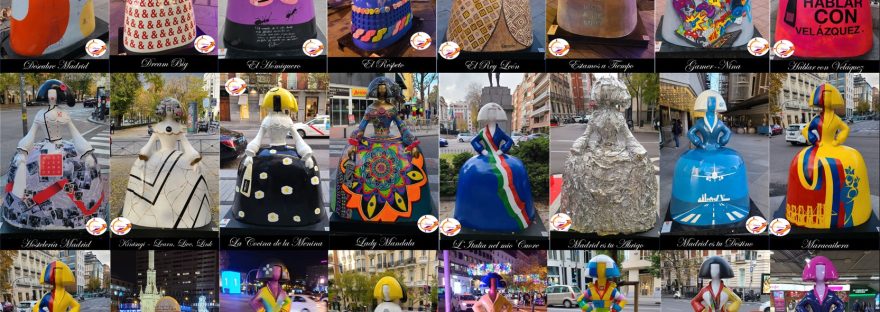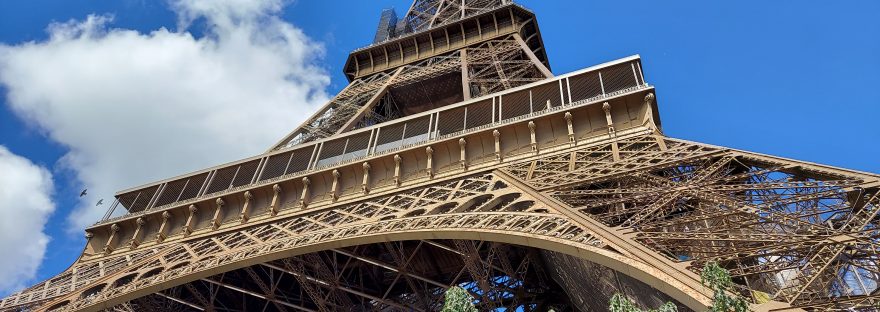One of the best spots where you can enjoy fabulous views of Valencia is from atop of the Serranos’ Towers, also known as Serranos’ Gate. They are located in the Plaça dels Furs, being the main entrance to the city. Its name is due to its orientation towards the region of Los Serranos, to the north, on the way to Zaragoza, Spain. Continue reading “The Serranos’ Towers of Valencia”
Category: Country
Laredo Palace – Alcalá de Henares, Madrid
Heading towards the center of the city of Alcalá de Henares via the “Paseo de la Estación”, we observe a building that definitely does not go unnoticed; it is the Laredo Palace. Continue reading “Laredo Palace – Alcalá de Henares, Madrid”
Picasso/Chanel, the joining of art and fashion

April 8, 2023 marks the fiftieth anniversary of the death of Spanish artist Pablo Picasso. To honor his artistic legacy, a series of exhibitions have been organized since 2022. We had the opportunity to enjoy one of them, Picasso/Chanel, which was open to the public at the Thyssen-Bornemisza Museum in Madrid from October 11, 2022 until January 15, 2023. We have always found this combination of art and fashion a very interesting topic, so we didn’t think twice about it. Continue reading “Picasso/Chanel, the joining of art and fashion”
Falla Grand Theater of Cadiz
The Falla Grand Theater, of neo-Mudejar style, stands out unmistakably in the Fragela Square in Cadiz, Andalusia, Spain. Its construction began in 1884, on the site of the old Grand Theater of Cádiz, built in wood in 1871 that burned down in 1881. Continue reading “Falla Grand Theater of Cadiz”
“El Greco” Museum – Toledo
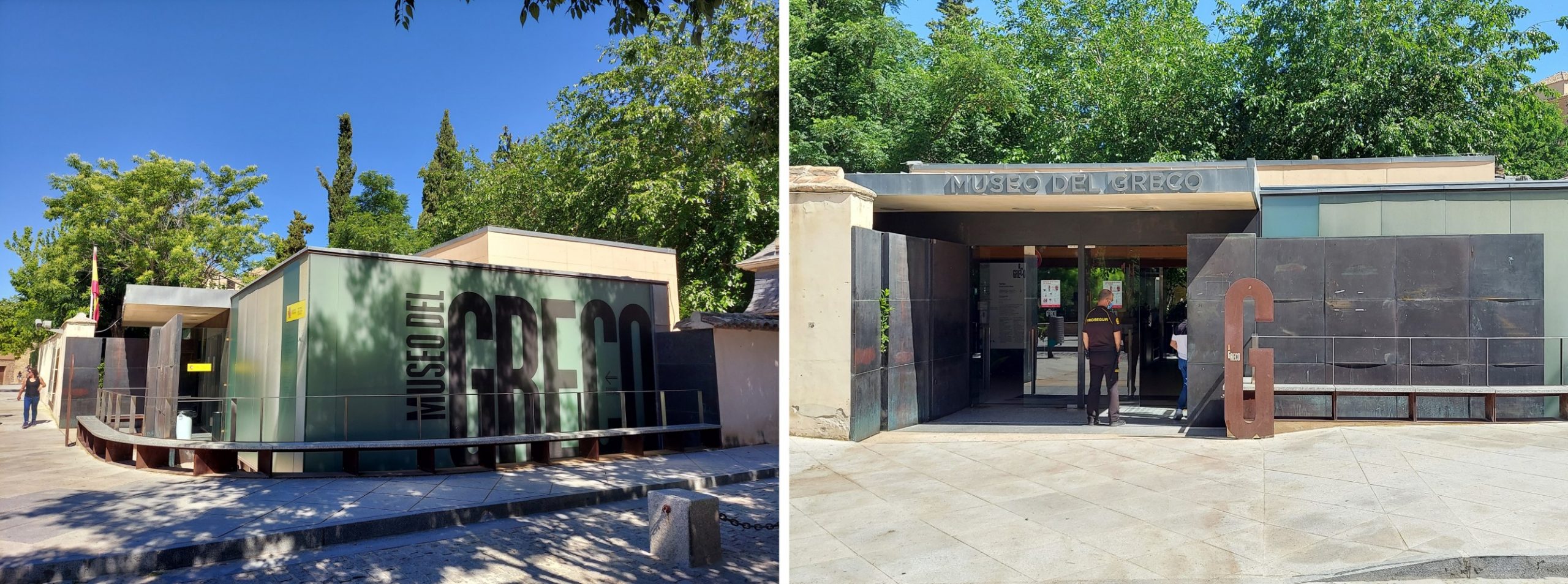
Looking at the building that houses this museum, it is difficult to relate the modern architecture of the structure that welcomes us, with the work of the painter Domenikos Theotokopoulos, born in Crete in 1541 and known to us as “El Greco”. Although he was not Spanish, most of his pictorial work was done in Toledo, Spain. He died in 1614, at the age of 72, in said city. Continue reading ““El Greco” Museum – Toledo”
The “Sacré-Cœur Basilica” of Montmartre, Paris
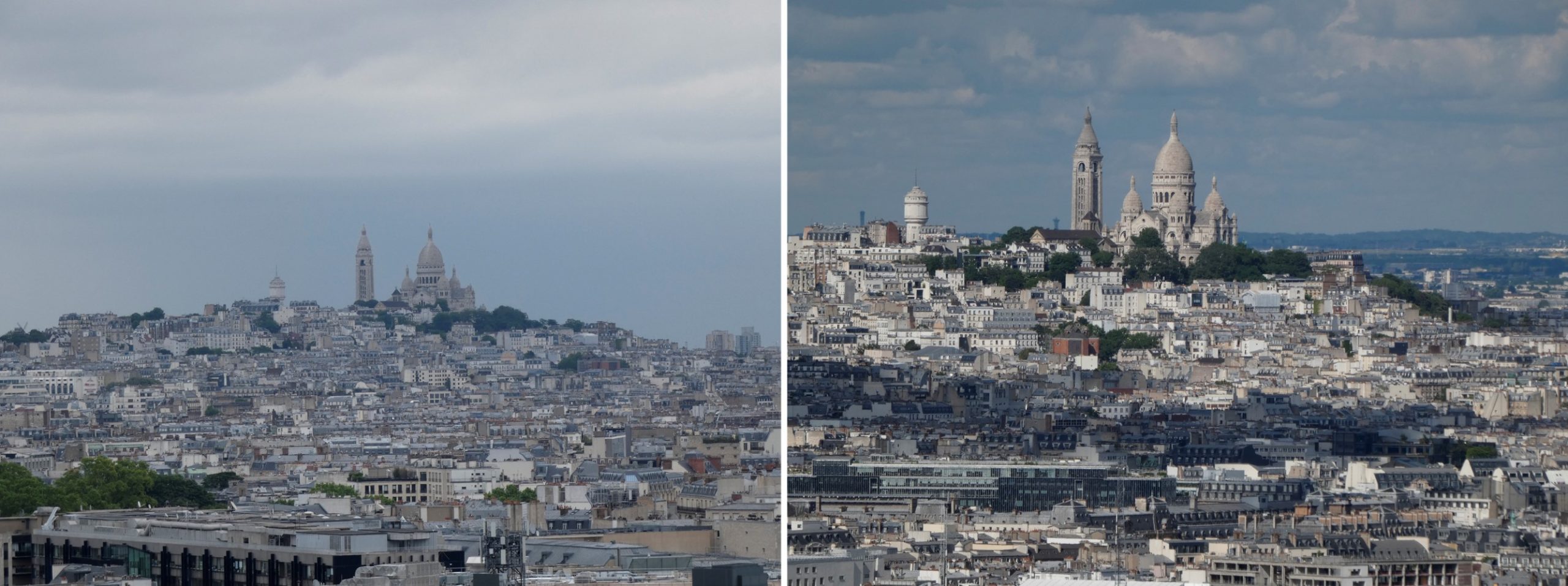
One of the structures we could spotted in visiting the top of the Arc de Triomphe and the Eiffel Tower was the “Sacré-Cœur Basilica”, or Basilica of the Sacred Heart. Its huge dome can be seen from different points in Paris. Continue reading “The “Sacré-Cœur Basilica” of Montmartre, Paris”
Parish of Saint Mary the Great, Alcalá de Henares, Spain
On Libreros Street in Alcalá de Henares, Madrid, Spain, is located the parish of Santa María La Mayor, which was adapted from the old chapel of the Colegio Máximo de la Compañía de Jesús. It was converted into the new parish of Santa María la Mayor, after the expulsion of the Jesuits and the fire of 1936 of the old Church of Santa María, in the Plaza Cervantes. The church is annexed to the Chapel of the Holy Forms, open day and night for Perpetual Eucharistic Adoration. Continue reading “Parish of Saint Mary the Great, Alcalá de Henares, Spain”
Gallery of “Meninas” in the streets of Madrid 2022
Based on the painting “Las Meninas” by Diego Velázquez, who is considered the most important painter of the Spanish Baroque period and master of universal painting, a whole exhibition is created in 2018 reinterpreting precisely “Las Meninas”. Continue reading “Gallery of “Meninas” in the streets of Madrid 2022″
The Parisian Icon: “Tour Eiffel”
There is no symbol that better identifies Paris than its Eiffel Tower and there are many of us who have known it since we were kids through books, cartoons or movies. So it becomes the structure that one day we all wish to know, see and touch in person. Continue reading “The Parisian Icon: “Tour Eiffel””
Cervantes Birthplace Museum – Alcalá de Henares
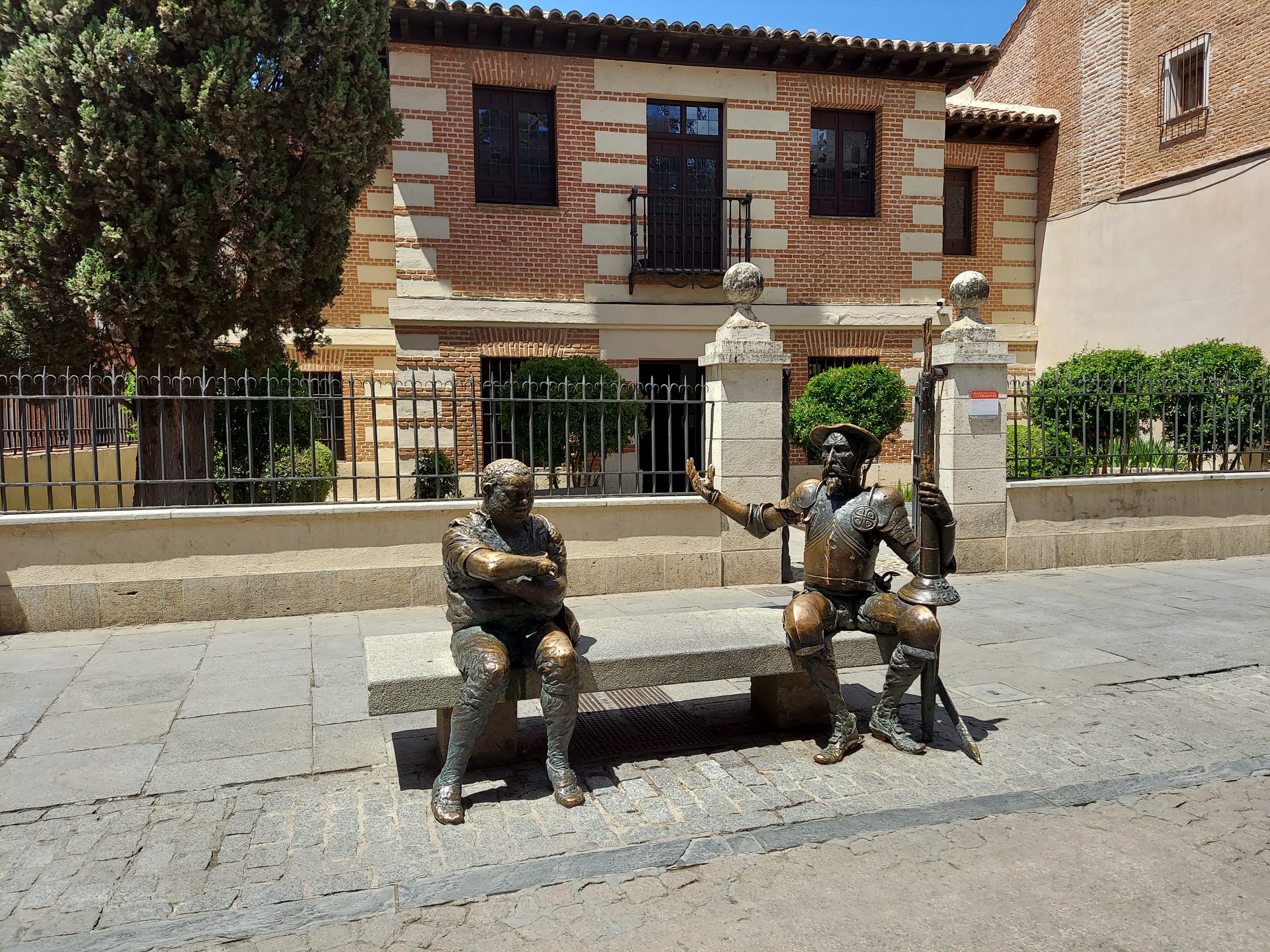
Sitting and talking, Quixote de la Mancha and Sancho were waiting for us in front of the Museo Casa Natal de Cervantes at Calle Mayor 48. Who better than them to welcome us. Continue reading “Cervantes Birthplace Museum – Alcalá de Henares”
